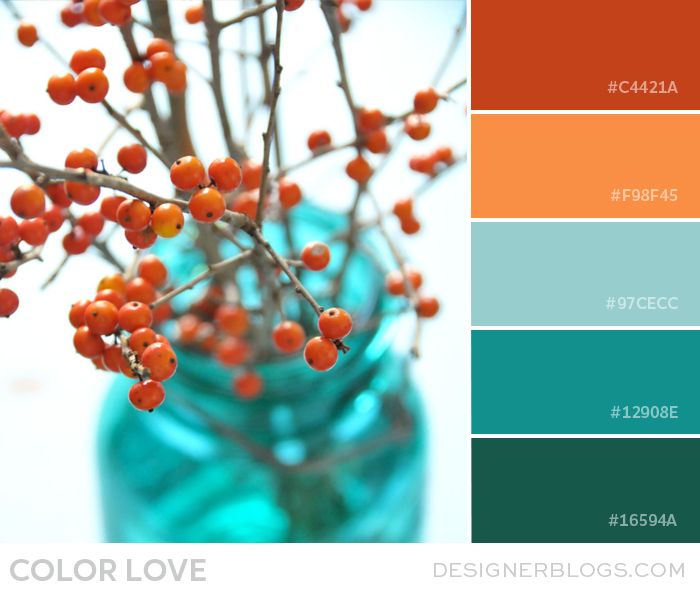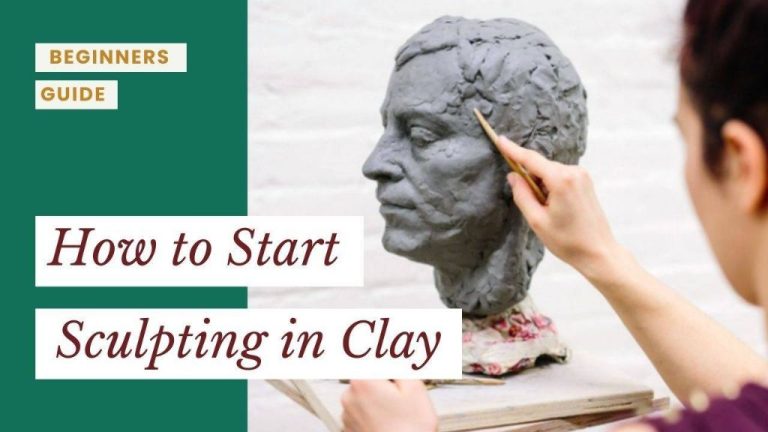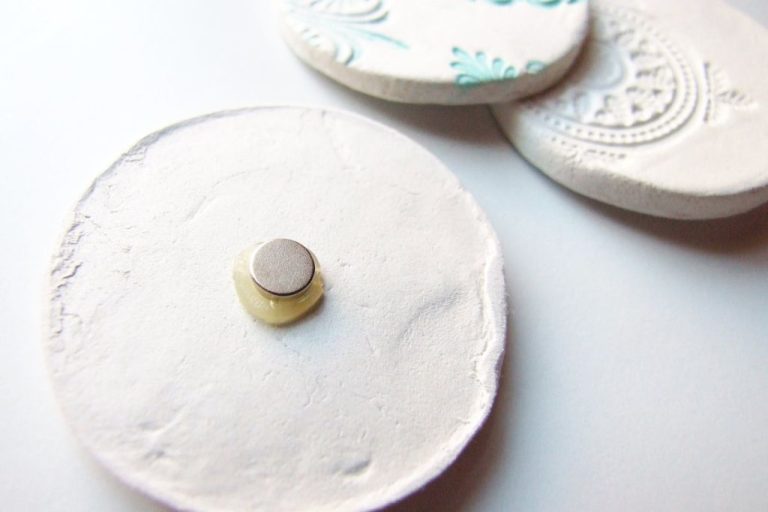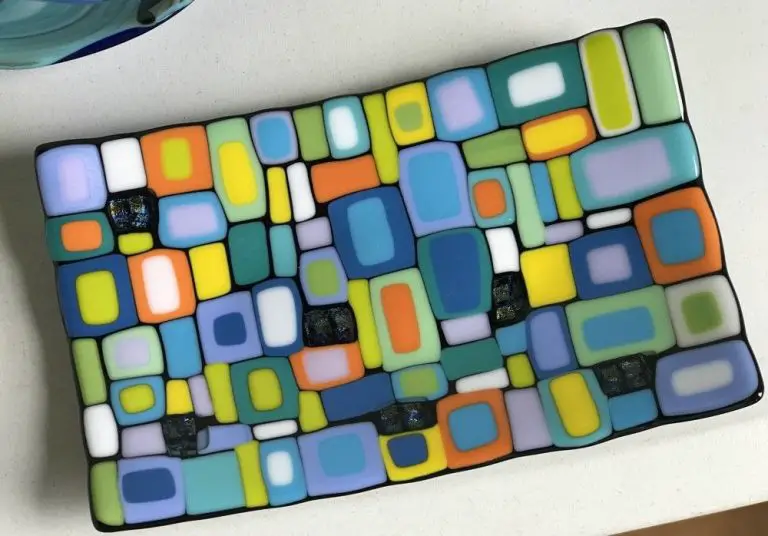What Is The Complementary Color Of Dark Teal?
Defining Complementary Colors
Complementary colors are color pairs that are opposite each other on the color wheel. According to color theory, complementary colors create maximum contrast when placed next to each other. This is because they share no common colors between them. For example, red and green are complementary because red contains no green and green contains no red. Other complementary pairs are yellow-purple, blue-orange, and black-white.
On the standard color wheel, complementary colors are located directly across from each other. The color wheel organizes colors into 3 primary colors (red, yellow, blue), 3 secondary colors (orange, green, purple) and 6 tertiary colors in between. Finding the complement of any color is as simple as finding the color located on the exact opposite side of the wheel.
When complementary colors are combined, they have the ability to make each other appear brighter, bolder and more vibrant. This effect comes from the stark contrast between the two hues. Using complementary color schemes is a popular technique in design and art because it draws attention and creates visual interest.
Source: https://www.thesprucecrafts.com/definition-of-complementary-colors-2577513
Introducing Dark Teal
Dark teal is a deep green-blue color that has become quite popular in recent years. It’s known for its soothing, natural properties. In terms of technical specifications, dark teal typically refers to colors with hex codes like #005555 or #014D4C. The RGB values usually fall in the range of 0, 55, 55 for the darkest shades to around 0, 130, 140 for lighter variations.
On the standard RBG color wheel, dark teal sits between green and blue. It combines the calming qualities of blue with the renewal and growth associated with green. This creates an earthy, tranquil shade. Dark teal has enough depth to feel rich and saturated while still maintaining a natural, organic look.
Overall, dark teal is a versatile color with relaxing yet sophisticated connotations. Its dark green-blue palette provides a unique alternative to primary colors in design and beyond.
Finding the Complement of Dark Teal
The complementary color of any shade is found on the opposite side of the color wheel. To find the complement of dark teal, first locate teal on the color wheel. Teal is a bluish-green color that falls between blue and green.
To find the complement, draw a line across the color wheel from teal to the opposite side. The color on the opposite side of the wheel is burnt orange. Burnt orange is a reddish-orange hue that falls between red and orange on the wheel. According to color theory, burnt orange is considered the complementary color of teal (source).
Complementary colors are opposite each other on the color wheel. When placed side-by-side, they create maximum contrast and vibrancy. The complement of any primary color is the color created by mixing the other two primaries. For example, the complement of blue is orange because orange is made by mixing red and yellow.
Complementary Color: Burnt Orange
The complementary color of dark teal is burnt orange. Burnt orange is a dark orange shade that has a RGB value of 204, 85, 0 as defined by the source https://convertingcolors.com/rgb-color-204_85_0.html. The hexadecimal code for burnt orange is #CC6600.

Burnt orange sits on the warm side of the color spectrum, opposite to the cool dark teal. When placed next to each other, these two colors create strong visual contrast and vibrancy. The burnt orange wavelength energizes the darker teal wavelength. This makes the color pairing dynamically stand out.
Dark teal and burnt orange make for an eye-catching color combination. The cool tones of the dark teal nicely complement the warm, earthy burnt orange. This color palette works well in a variety of settings from interior design to fashion.
Using Dark Teal and Burnt Orange Together
Here are some examples of how to use dark teal and burnt orange together:
- In a living room, use dark teal on the walls and burnt orange in the pillows and throw blankets. The mix of colors creates a relaxing and inviting atmosphere. (https://www.pinterest.com/jessicarohrer/burnt-orange-and-teal-living-room-colors/)
- In fashion, pair a burnt orange top with dark teal pants or skirt. This look is both bold and sophisticated. Add burnt orange heels or jewelry as accents. (https://www.pinterest.co.uk/pin/849069335980519030/)
- For events like weddings or parties, use dark teal tablecloths with burnt orange napkins and flowers. The colors complement each other beautifully. (https://www.pinterest.co.uk/pin/849069335980519030/)
- In graphic design, use dark teal as the primary color and burnt orange as the accent. This creates a visually engaging color scheme. The colors work well together on websites, print materials, packaging, etc.
- In nature, find dark teal in bodies of water contrasted with the burnt orange shades of fall foliage.
The pairing of dark teal and burnt orange is versatile yet unique. When used together, these two colors can create stunning effects across many creative fields and settings.
Dark Teal and Burnt Orange in Design
The colors dark teal and burnt orange make for a bold and eye-catching combination in design. Many designers use this color scheme for its high visual contrast and striking visual impact. The pairing stands out well in a variety of creative fields including graphic design, fashion, and interior design.
In graphic design, dark teal provides a moody backdrop that allows burnt orange elements to pop off the page. This is an effective color scheme for attention-grabbing website headers, posters, and brochure covers (https://www.pinterest.com/pin/466347024099970455). Fashion designers often use dark teal and burnt orange together for dramatic fall/winter collections and to evoke an earthy, autumnal aesthetic. Burnt orange jackets and accessories over dark teal dresses and pants make for a particularly striking runway look (https://www.lingsmoment.com/collections/dark-teal-burnt-orange).
Interior designers frequently incorporate this color pairing through textiles. Dark teal can cover large surfaces like walls and furniture, while burnt orange makes for bold accents on pillows, rugs, and other decor. The combo creates an inviting warmth while maintaining the depth and intrigue of the darker teal hue. Many style this color scheme to evoke rustic barn vibes perfect for cozy, autumnal spaces (https://www.pinterest.com/pin/466347024099970455).
Dark Teal and Burnt Orange in Nature
Nature provides some of the best examples of dark teal and burnt orange working together in harmony. The rich colors complement each other beautifully in natural landscapes and scenes.
Dark teal blue waters set against burnt orange canyon walls and rock formations make for stunning scenery. This can be seen in destinations like the Blue Grotto sea cave in Italy, as the teal water contrasts with the burnt sienna rocks.
You’ll also find dark teal and burnt orange together in sunsets over oceans, lakes, and rivers. As the sun dips below the horizon, it casts a burnt orange glow over the dark teal waters.
The plumage of certain tropical birds like kingfishers features both colors as well. The birds have burnt orange feathers on their chests, heads, or wings, contrasting with dark teal blue feathers on other parts of their bodies.
So whether gazing upon a vivid sunset or marveling at a brightly colored bird, dark teal and burnt orange are a complementary pair readily found together in nature.
Psychology of This Color Pairing
Dark teal and burnt orange make for an intriguing color combination from a psychological perspective. Teal is considered a calm and relaxing hue, evoking feelings of balance and stability https://www.colorpsychology.org/teal/. On the other hand, burnt orange has energetic and vibrant qualities, often associated with excitement, enthusiasm, and creativity https://uxplanet.org/colour-psychology-to-empower-and-inspire-you-3424dae70f2.
When paired together, these complementary colors create an intriguing juxtaposition. The serenity of teal balances out the intensity of burnt orange. This allows the colors to play off each other in interesting ways. Teal’s calm stability helps ground burnt orange’s lively energy. Meanwhile, burnt orange injects a sense of creativity and passion into teal’s tranquility.
This combination can convey a mood that is both peaceful and energetic. It blends relaxation with activity, stability with creativity. For this reason, dark teal and burnt orange are an ideal pairing for contexts where you want to promote a sense of balance, harmony, and purposeful action.
Variations of This Color Scheme
While dark teal and burnt orange is a striking color combination, there are many other analogous versions of this complementary scheme that can be created by varying the base colors.
Some examples include:
- Deep purple and yellow – Using a rich purple like eggplant as the base color, with a bright golden yellow as the complement.
- Royal blue and burnt sienna – A dark, slightly muted blue paired with a brownish-orange makes for an earthy take on this scheme.
- Forest green and terra cotta – The natural tones of dark green and rusty red-orange create an organic vibe.
- Navy and peach – A nautical twist using a deep navy anchored by a soft peach tone.
The possibilities are endless for putting your own spin on this complementary pairing by tweaking the darkness, mutedness, and exact shades of the two colors.
Summary
As we’ve discussed, the complementary color of dark teal is burnt orange. When used together in design, these two colors create a bold, vibrant palette with lots of contrast. The partnership of a cool teal and a warm orange provides visual interest and makes each color stand out. This combination can be found in nature as well, from tropical fish to autumn leaves. Psychologically, this palette elicits both relaxing and energizing effects. While the teal provides calm, the orange adds excitement. By adjusting the tones and shades, many variations can be made on this basic complementary scheme. Whether in graphics, fashion, or decor, dark teal and burnt orange make for an eye-catching color pairing.





